Can dill be planted in the shade?
There is no crop easier to grow than dill. To plant it in the sun or in the shade, gardeners usually do not think. For many, it grows like a weed throughout the site - under trees, in open areas, in the partial shade of tall plants.
In fact, dill loves sunlight. Open areas with little shade are considered the best place to grow it. Shade is needed mainly for young shoots so that they do not burn out under the scorching rays and continue their development.
Light or shadow?
Dill is a light-loving plant. The growth of green mass occurs in a 10–12 hour day. The transition to the flowering phase is carried out with a daylight hours of at least 14 hours.
In low light, dill does not grow and stretches strongly. Shaded areas are poorly suited for its cultivation.
Dill doesn't like shade. It is better not to plant it under the crowns of trees or under the house. Choose an open area or area with partial shade.
The best neighbors for dill are cucumbers, beets, potatoes and cabbage. He loves fertile, loose soil with neutral acidity. It grows poorly on the lands where the umbrella was grown: parsley, carrots, parsnips, caraway seeds, fennel. Good predecessors are potatoes, cabbage, beets, cucumbers, legumes, tomatoes.
Growing in the sun
Dill grows very quickly in the sun. A week after sowing, the first shoots appear. A month later, fresh herbs are ready for cutting.
Nuances to consider when growing in the sun:
- An abundance of sunlight can lead to early discarding of umbrellas. Therefore, you need to be especially vigilant so as not to miss the outgrowth phase.
- The earth dries out faster in the sun than in the shade. Watering should be abundant and frequent (in dry weather - twice a day: early morning and late evening). Dill is quite moisture-loving and does not tolerate drought.
- Scorching rays can burn fragile sprouts. If you plant dill in May-July, covering material may be needed. To prevent the seedlings from burning, agrofibre or paper is pulled from above.
Dill is a fast growing plant. For continuous harvest, it is sown 3-4 times per season with an interval of 2-3 weeks.
Growing in partial shade
The choice of a semi-shaded area has its advantages:
- dill does not bloom for a long time;
- less watering is required.
Penumbra is the best option for summer residents who visit the garden only on weekends. In a slightly shaded area, the soil does not dry out as quickly and the plants can survive for 4–6 days without watering. However, they will develop more slowly.
7 secrets of a big harvest
Despite all the unpretentiousness of dill, it is not always possible to grow it lush. To do this, you need to know some secrets:
- The choice of a productive variety. Most of all greens are provided by mid-ripening, late-ripening and bush varieties Alligator, Salut, Richelieu, Umbrella, Kibray, Hoarfrost, Russian giant. Pay attention to the expiration date. Dill seeds should be no more than a year old. In the second year, they greatly lose their germination.
- Soak. In order for the dill to rise quickly and amicably, the seeds are immersed in hot water (50 degrees) for 15 minutes. This is necessary to wash off essential oils that slow down germination. Then the seeds are dried for easy sowing.
- Fertilization and abundant watering of the land before sowing. The spice loves fertile soil. Therefore, for a good yield, superphosphate, nitrophosphate, rotted manure or compost are added to it. Also, the soil is watered abundantly and deeply (in 1-2 days) and only then the seeds are sown to a depth of 1.5-2 cm.
- Loosening before sowing. Before planting dill, the soil must be thoroughly loosened.It should be very soft and airy. Many people purposely put some purchased soil or compost into the grooves. Then the plants sprout quickly, and the sprouts are distinguished by their strength and strength.
- Wide row spacing (20-25 cm). Dill loves airing. Without air movement, he suffocates - begins to turn yellow, redden and wither.
- Abundant watering. Immediately after sowing, the soil is tamped and slightly moistened. The fumes draw in moisture from the previous deep watering. It lasts until germination. After sprouting, dill is watered from 2 times a day to 2 times a week. The land should remain moist at all times, but not swampy.
- Loosening the earth after rain and watering. As soon as the earth dries up, you will notice that a dense crust forms at the top. For good growth, dill must "breathe" and receive maximum nutrition, therefore, the row spacings are loosened until the beginning of branching.
So, you can plant dill on any free piece of land. But the more shade, the lower its yield. Only in the sun will it grow as lush, green and fragrant as possible.
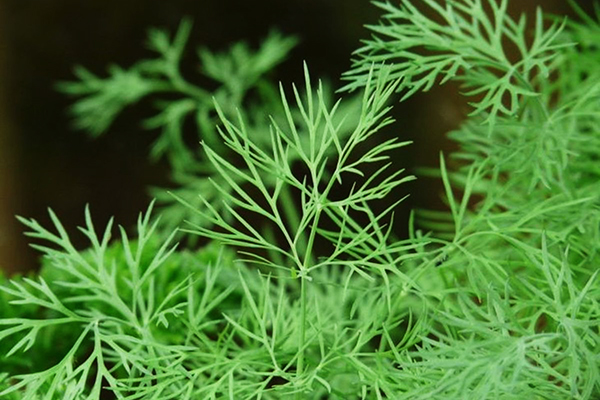

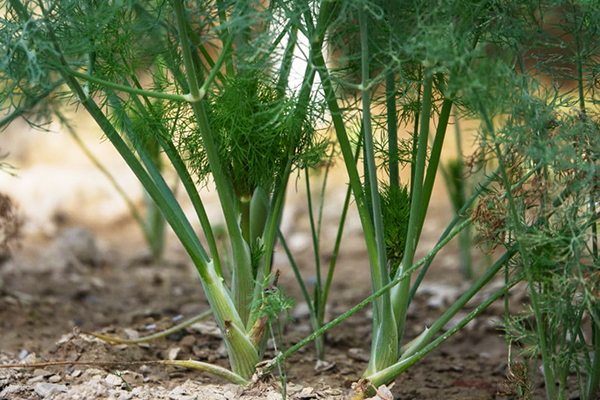
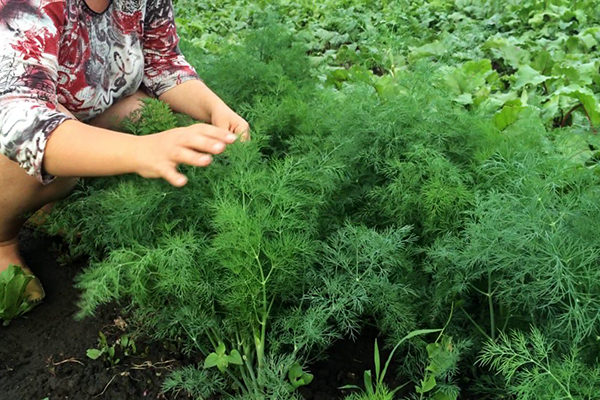
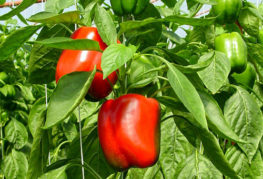
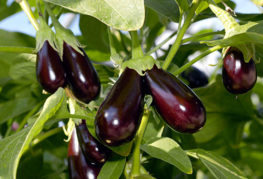
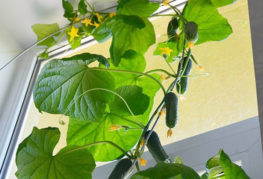
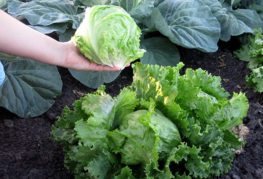
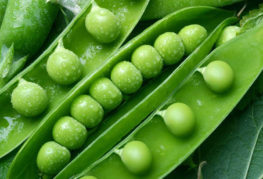
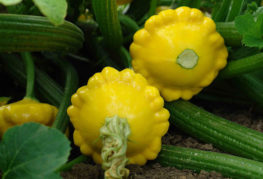
and will be published shortly.